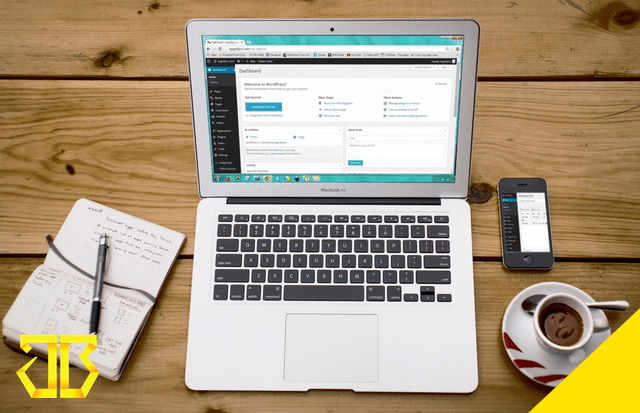We live in a world in which our needs are expected to be met at an ever increasing rate – people want information, products, and services faster and faster, and if those needs aren’t met quickly enough, you risk losing business.
So, let’s take a look at how you can optimise your website for a quick loading time, and avoid losing customers.
Minimise HTTP requests
HTTP requests can really slow things down, taking around 80% of a web page’s load time. With your browser only taking requests between 4-8 simultaneous connections per domain, you’re going to need to minimise as much as possible without losing quality. Every file, page, and image fetched by your browser from a web server is counted as a HTTP request, increasing load time with each.
There are ways in which you can decrease your HTTP requests without compromising your web page’s design too much. These include: combining your CSS or Javascript files into one big file, using conditional statements to load images and scripts on mobile to avoid loading them unnecessarily on other devices, generally reducing the amount of images on your web page, and using a sprite sheet to combine regularly used images.
Utilise CDNs and remove unused scripts/files
Using a CDN (content delivery network) will allow you to deliver your content via a more efficient means as it will go out via a collection of web servers spread over multiple locations, chosen by their proximity to your users. This is a great way to deliver static content, and files that once uploaded, need not be touched. You could have your own CDN, or you could go with a provider like EdgeCast or level3. Smaller companies may find it more affordable using something like CNDjs.
Browser caching
Browser caching enables files to be stored locally by allowing the download of assets from your website to go to your hard drive. This will mean subsequent web pages will load quicker, and your users are more likely to stick with your website. The type of assets cached will vary in how long they stay as such. Some assets, like widgets and advertisements, will only stay cached for a day, where as others can last up to a week, and some up to a year.
Compress images and optimise files
Take a look at the images you currently have on your website and have a think about how many are definitely needed. When we tell you that 60% of average bytes loaded per page are used up by images, you may not look at all those images quite as frivolously! Removing unnecessary images will lower your HTTP requests sent, including anything that you can replicate using CSS. You should ensure each of your images is optimised for web, and ensure your they stay below 150KB, below 1920px width-ways, and at 72dpi. We also recommend using the right file extensions: SVG for vector images, JPG for photographs, and PNG for images that require a transparent background.
With these tips, your website should soon start picking up speed. If you would like a professional to have a look for you, please don’t hesitate to get in touch via the contact form below, and we can get your website working faster.
